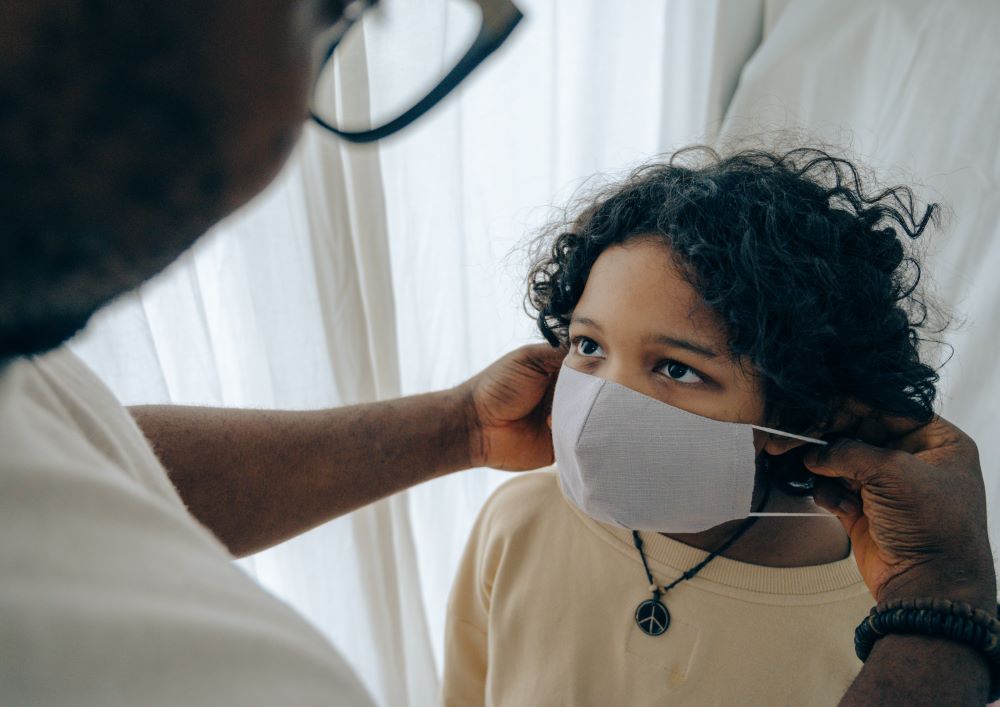People of color are underrepresented in medicine, studies show.
In recent years, meaningful progress has been made on the diversity front in many different fields. People of more varied races are holding positions that had typically been dominated by a single race in years past, and that is good news for the advancement of equality and opportunity. The job is not done, of course, and an ongoing issue that still needs to be confronted is the lack of clinician diversity within the medical field.
One of the big problems here is that there isn’t a single issue that is leading to a lack of people of color holding roles in the medical world, especially in regards to clinician diversity. There are multiple factors at play, so any solution to this problem that is going to be meaningful and effective is going to have to deal with the issue on a variety of fronts. That’s not impossible, but it speaks to a challenge that is going to require plenty of time and attention to solve.
From one perspective, diversity in medicine matters because people of all racial backgrounds should have an equal opportunity to pursue their desired careers. No one should have to deal with additional hurdles on the path toward a rewarding career simply due to their racial heritage, and clinician diversity is very much needed. Research has shown that patients tend to get better health outcomes when their doctor is of a similar racial background. So, if more doctors are available from Black and Hispanic populations, the patients who come from those same backgrounds may wind up getting better results from their care. Between those two reasons, there is plenty of motivation to solve this problem.

Medical school is extremely expensive. At the same time, it is quite demanding and difficult. So, if one individual doesn’t have to worry about the financial side of the equation and can simply focus on studying, while the other individual needs to work an extra job just to get through school, it’s obvious which individual is more likely to succeed. It’s that financial head start that is not often enjoyed by Black and Hispanic students who are interested in becoming a doctor.
Providing more financial support for doctors-to-be who are in this position would make it far more likely that they would survive through the program and come out on the other side. Not only that, but as more people of color become doctors and hold other important roles in medicine, they will be able to advise and direct future generations, which will only further strengthen the pipeline and make it easier for people from all backgrounds to get into this field.
It seems likely that the future will hold more people of color working in medicine, and that is a welcome day when it arrives. Working on this problem actively in the present day, however, can speed up the timeline and provide more opportunities to people of various races currently who are hoping to build a career in medicine.
Sources:
Diversity in medicine can save lives. Here’s why there aren’t more doctors of color


Join the conversation!